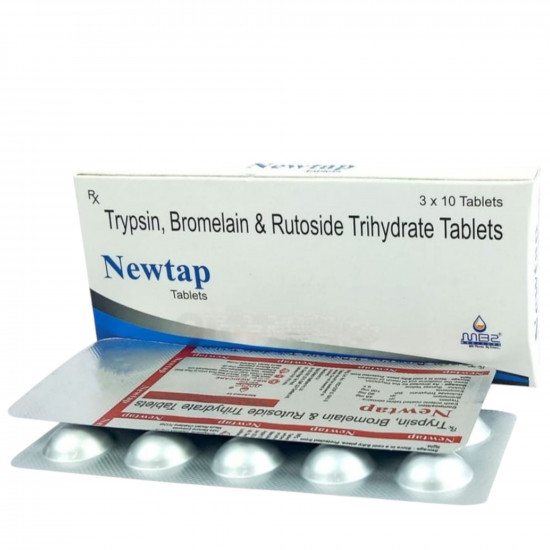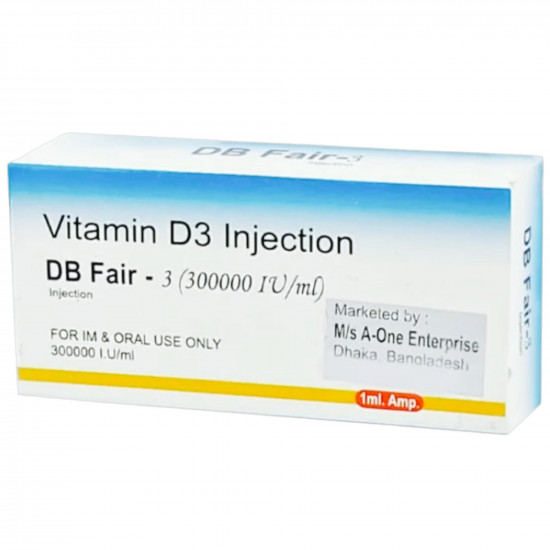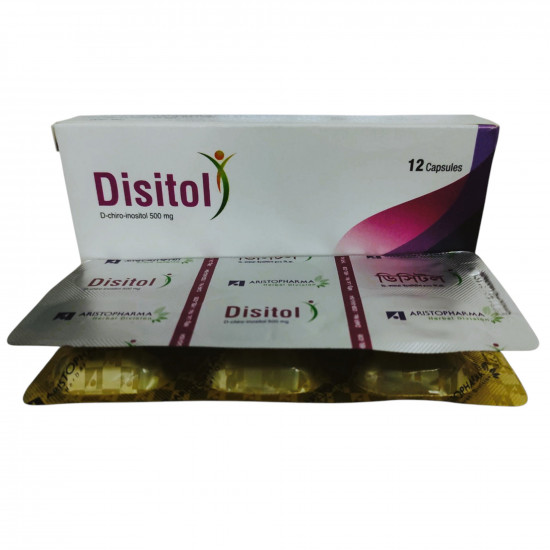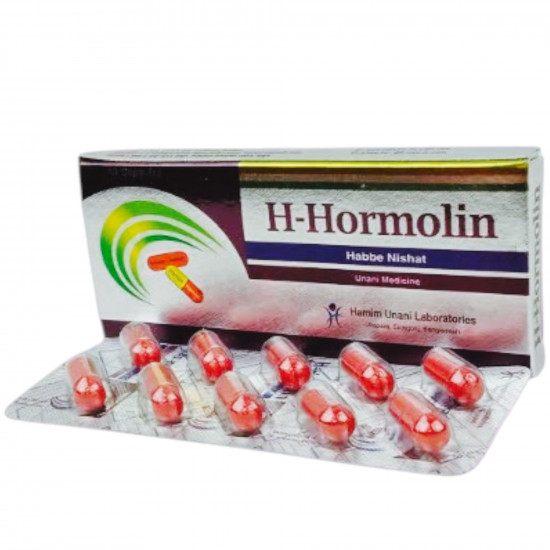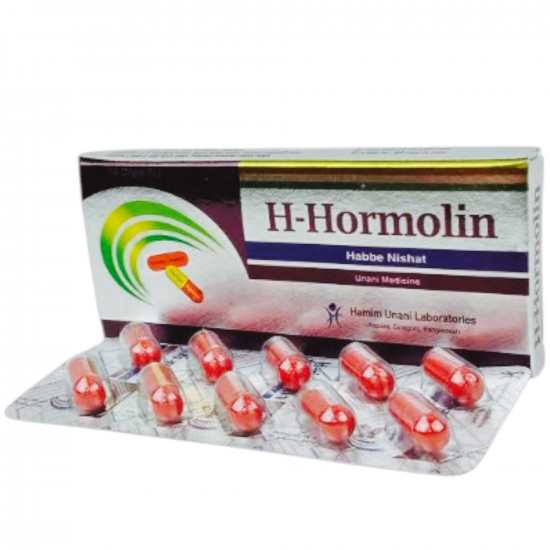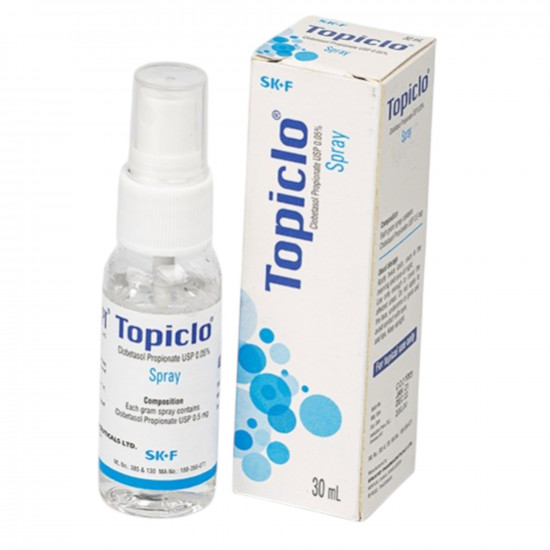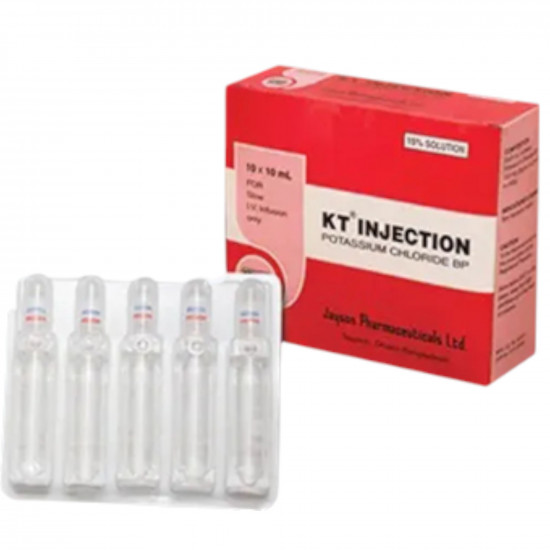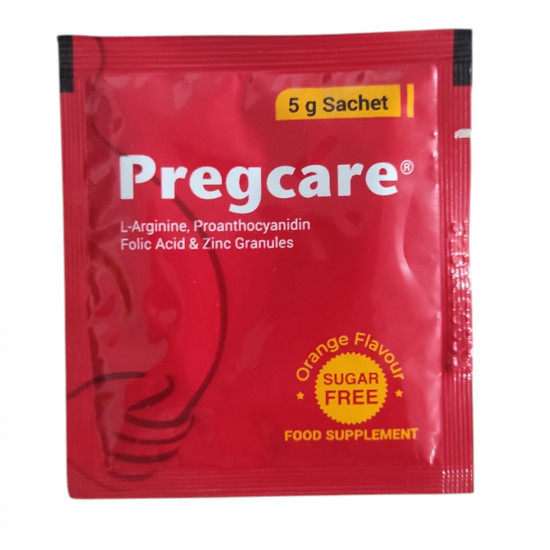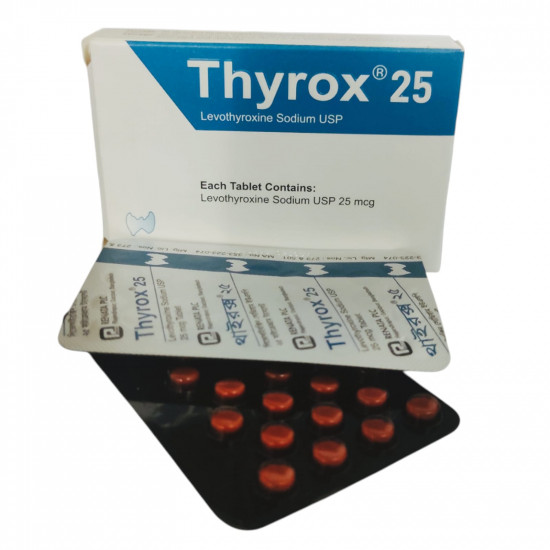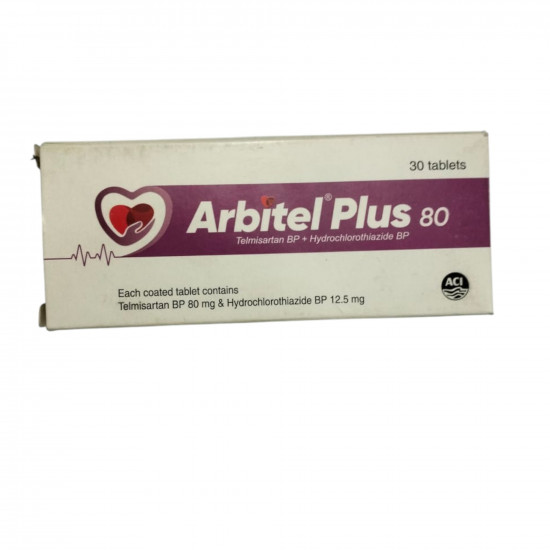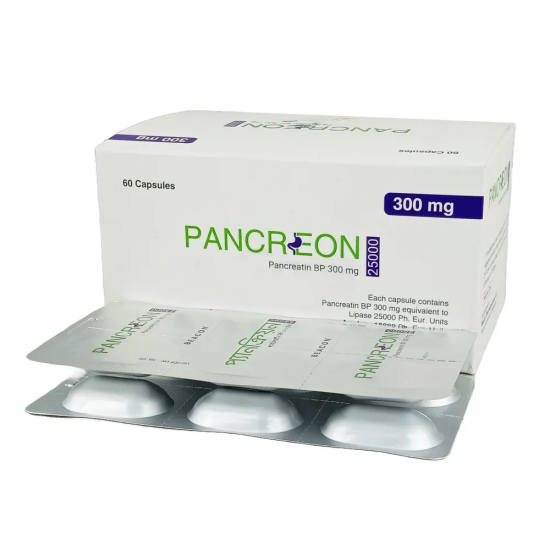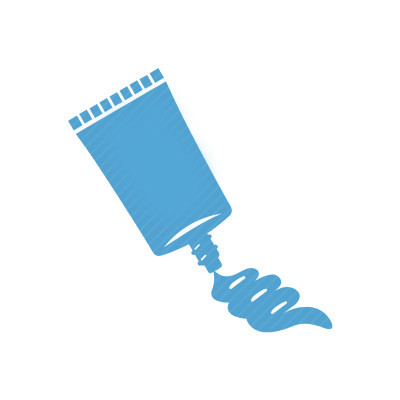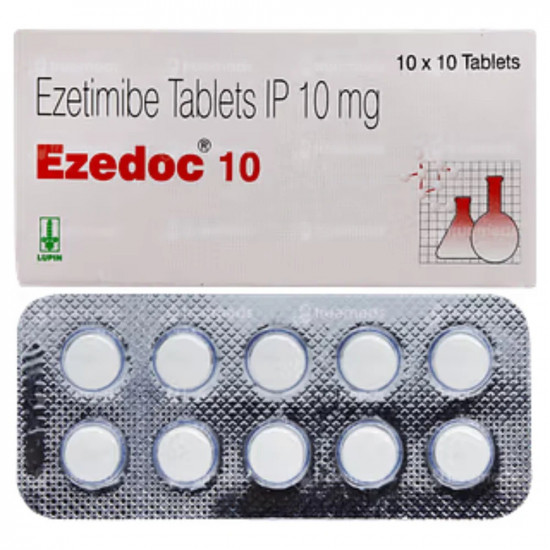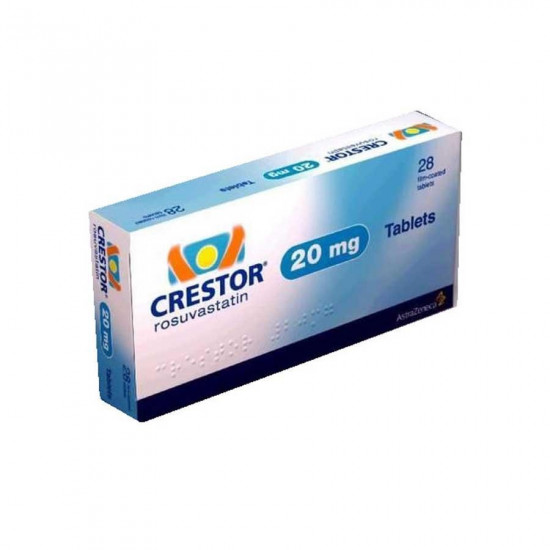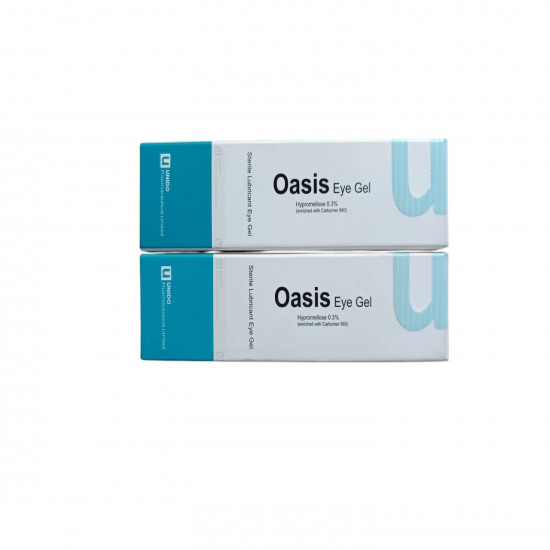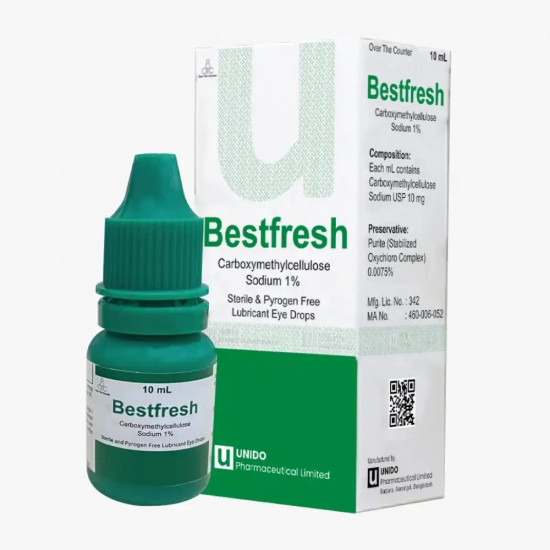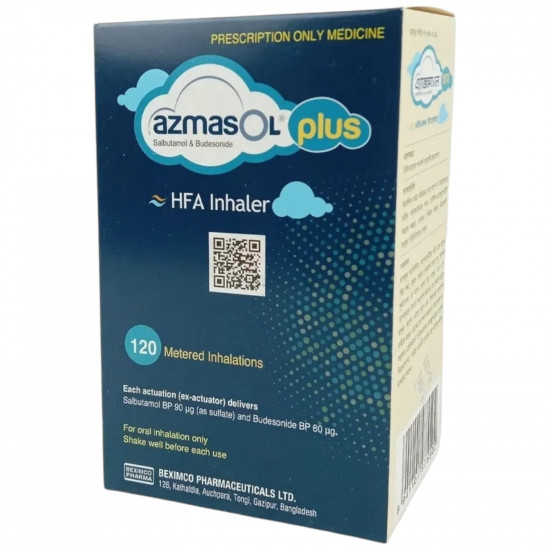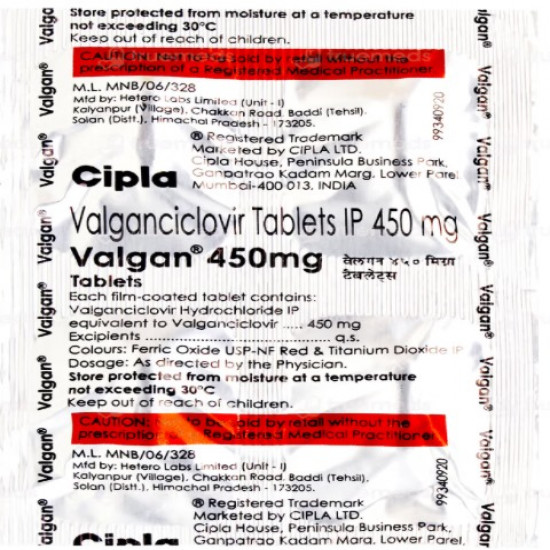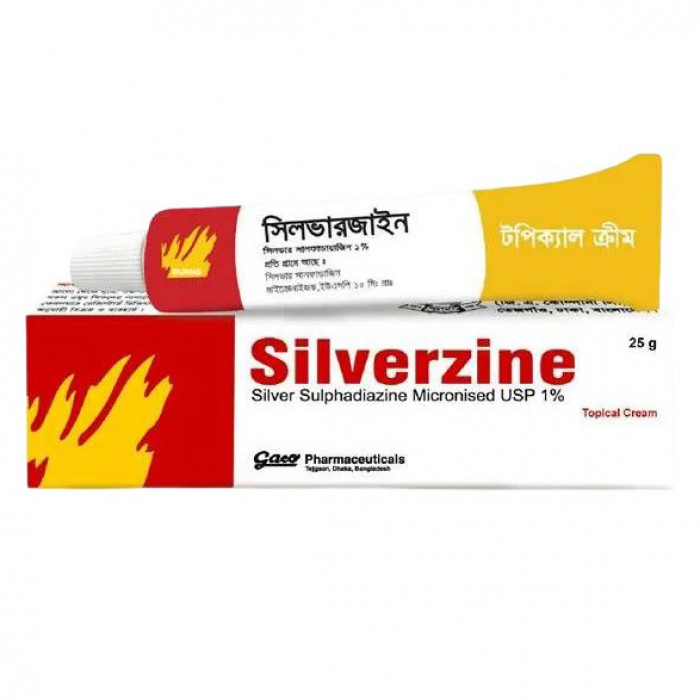
✔ 100% Authentic Product
👁️ Currently Viewing 1374
Type: Cream Manufacturer/Distributor: Gaco Generic Name: Silver sulphadiazine 1% cream.
Discount
Price: ৳ 43
MRP:
৳
45
5%
Off

100% Genuine Products, Guaranteed

Safe & Secure Payments, Always

Fast, Secure & Efficient Delivery

Proper Packaging
 Cash on Delivery - All over Bangladesh
Cash on Delivery - All over Bangladesh Regular Delivery - 12-24 Hours, Dhaka City* Charge Tk.39-59
Regular Delivery - 12-24 Hours, Dhaka City* Charge Tk.39-59 Regular Delivery - 24-48 Hours, Other Cities* Charge Tk.99-110
Regular Delivery - 24-48 Hours, Other Cities* Charge Tk.99-110
 ফ্রি ডেলিভারিঃ - ৯৯৯ টাকা+ অর্ডারে, ঢাকা
শহরে
ফ্রি ডেলিভারিঃ - ৯৯৯ টাকা+ অর্ডারে, ঢাকা
শহরে ফ্রি ডেলিভারিঃ - ২৯৯৯ টাকা+ অর্ডারে, ঢাকার
বাহিরে
ফ্রি ডেলিভারিঃ - ২৯৯৯ টাকা+ অর্ডারে, ঢাকার
বাহিরে
100% Genuine Products, Guaranteed
Safe & Secure Payments, Always
Fast, Secure & Efficient Delivery
Proper Packaging
 Cash on Delivery - All over Bangladesh
Cash on Delivery - All over Bangladesh Regular Delivery - 12-24 Hours, Dhaka City* Charge Tk.39-59
Regular Delivery - 12-24 Hours, Dhaka City* Charge Tk.39-59 Regular Delivery - 24-48 Hours, Other Cities* Charge Tk.99-110
Regular Delivery - 24-48 Hours, Other Cities* Charge Tk.99-110 ফ্রি ডেলিভারিঃ - ৯৯৯ টাকা+ অর্ডারে, ঢাকা
শহরে
ফ্রি ডেলিভারিঃ - ৯৯৯ টাকা+ অর্ডারে, ঢাকা
শহরে ফ্রি ডেলিভারিঃ - ২৯৯৯ টাকা+ অর্ডারে, ঢাকার
বাহিরে
ফ্রি ডেলিভারিঃ - ২৯৯৯ টাকা+ অর্ডারে, ঢাকার
বাহিরে
✅ Description:
Indications
Silverzinezine cream is indicated in-
- The topical prophylaxis against bacterial colonization and infection in burn wounds.
- The topical antibacterial management of certain contaminated or infection-prone wounds, other than burns.
Pharmacology
The mechanism of Silver Sulfadiazine's antibacterial action has not been fully elucidated. After exposure to the drug, structural changes in the bacterial cell membrane occur, including distortion and enlargement of the cell and a weakening of the cell wall membrane. This is accompanied by reduced viability in sensitive strains. The silver sulfadiazine molecule dissociates and the silver moiety is bound to the bacterial cells. It is believed that, after penetrating the cell wall, the silver moiety is attached to deoxyribonucleic acid (DNA) and prevents bacterial cell proliferation. There is approximately 100 times more DNA in mammalian cells than in bacterial cells. It is thought that the ratio of silver sulfadiazine to bacterial DNA is sufficiently high to prevent bacterial division but the corresponding ratio to epithelial DNA is low enough not to block epithelial cell regeneration. The sulfadiazine moiety also provides a bacteriostatic action against sensitive organisms. In adults, up to 10% of the sulfadiazine may be absorbed and 60 to 85% of the absorbed amount is excreted in the urine. In children with 13% body surface area burns, the urinary sulfadiazine concentration was 31.8 mg/L.
Dosage & Administration
The burn wounds are cleansed, and Silver Sulfadiazine is applied over the burn wound. The burn areas should be covered with Silver Sulfadiazine at all times. The cream should be applied once to twice daily to a thickness of approximately 1/16 inches or 1.5 mm. Whenever necessary; the cream should be reapplied to any areas from which it has been removed by patient activity. If individual patient requirements make dressings necessary, they may be used. Reapplication should be ensured immediately after hydrotherapy. Treatment with Silver Sulfadiazine should be continued until satisfactory healing is occurred, or until the burn site is ready for grafting. The drug should not be withdrawn from the therapeutic regimen while there remains the possibility of infection except if a significant adverse reaction occurs.
⚠️Disclaimer:
At ePharma, we’re committed to providing accurate and accessible health information. However, all content is intended for informational purposes only and should not replace medical advice from a qualified physician. Please consult your healthcare provider for personalized guidance. We aim to support, not substitute, the doctor-patient relationship.




